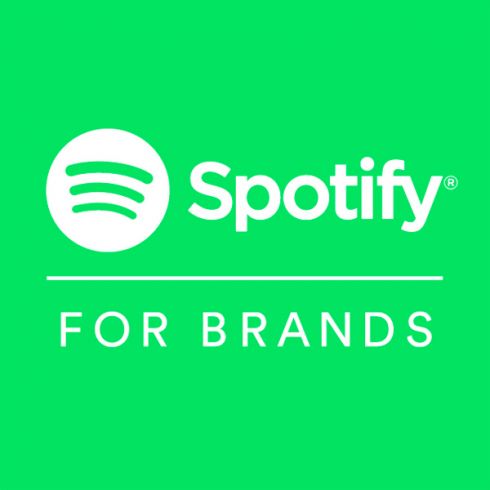
MUMBAI: After its association with BMW to create the right playlists for the right targeted audience, Spotify for Brands has launched Playlist Targeting. This is would be the first time there is a targeting solution that enables brands to tap into Spotify’s first-party data to reach the audiences that matter most.
Through 'Playlist Targeting', Spotify aspires to serve three primary purposes. These are 'content targeting', through which Spotify encourages brands to reach users with particular habits, mindsets, and tastes that align with their target persona. Through ‘demographic targeting’, Spotify wants brands to confidently reach its audience across mobile, desktop and connected devices. This would lead to its third aim, which is to help brands deliver their message at the ‘right time’ and on the ‘right platform’.
This means that through Spotify’s new ‘Playlist Targeting’, brands can now target audience segments based on who they are (which includes age, gender, geography and language), what they are listening to (for example, the playlist or the genre), and when and how they are listening (the time of day and through which platform/device). The empirical commercial music streaming service also stated that through ‘Playlist Targeting’, brands can also leverage cross-platform retargeting and sequential messaging to continue the conversation with listeners at multiple touch points.
“Music is an integral part of life, day in and day out,” said Spotify Chief Revenue Officer Jeff Levick in a statement. “Our new targeting solutions, based on rich behavioral insights combined with our global footprint in 58 markets, give brands unprecedented ways to reach streaming consumers,” Levick further added.
The last brand that Spotify teamed up with was BMW, in order to raise awareness of the BMW 320i car model, by creating unique music experiences for five iconic road trips. Spotify users selected from one of five iconic American road trips and based on their selection, a custom playlist was generated which consisted of songs/artists from regions along the selected route.
Through this initiative, more than 14,000 playlists were created, with about 30 per cent completion rate.